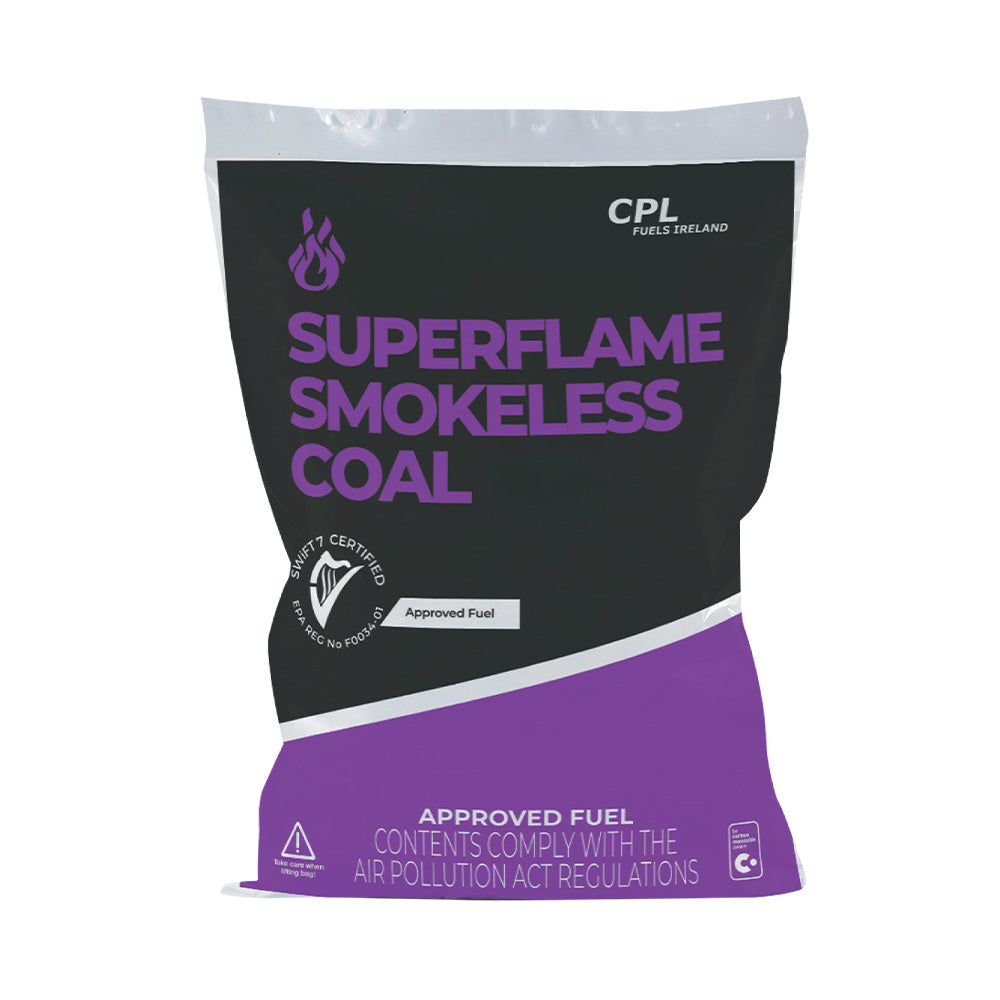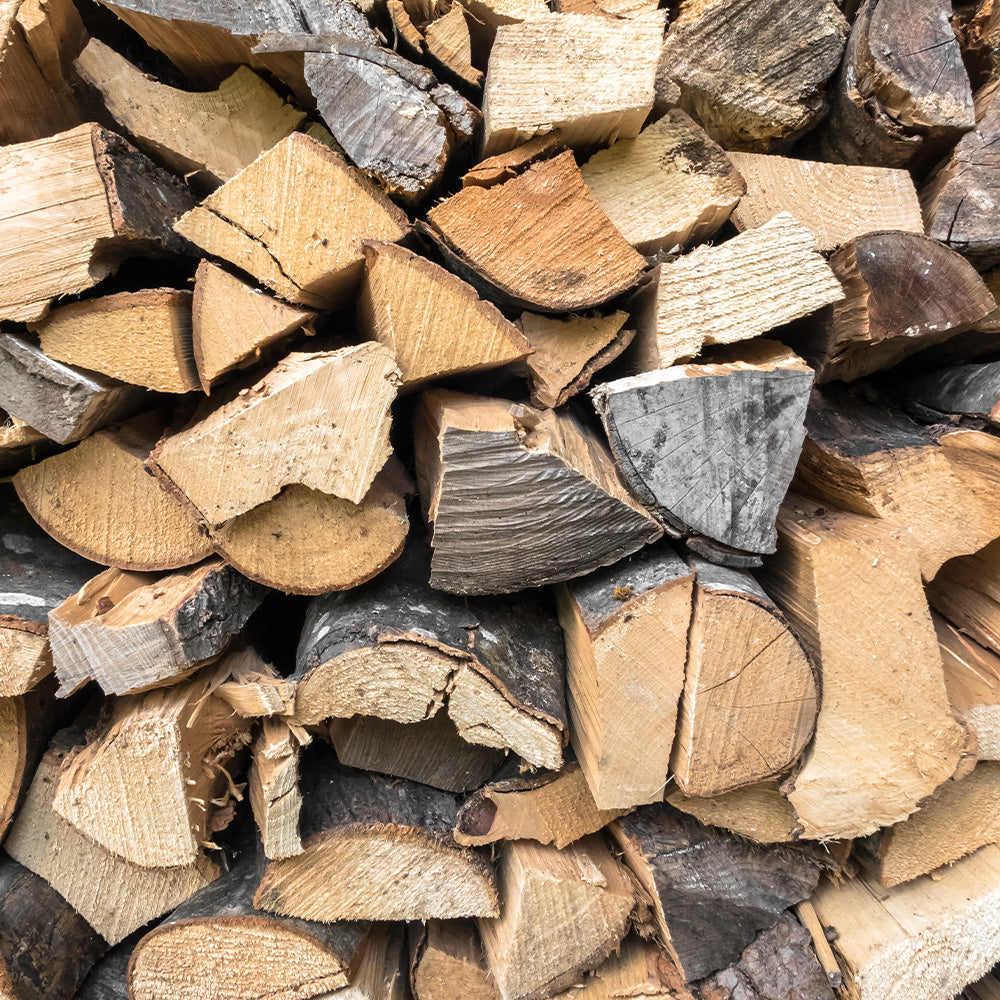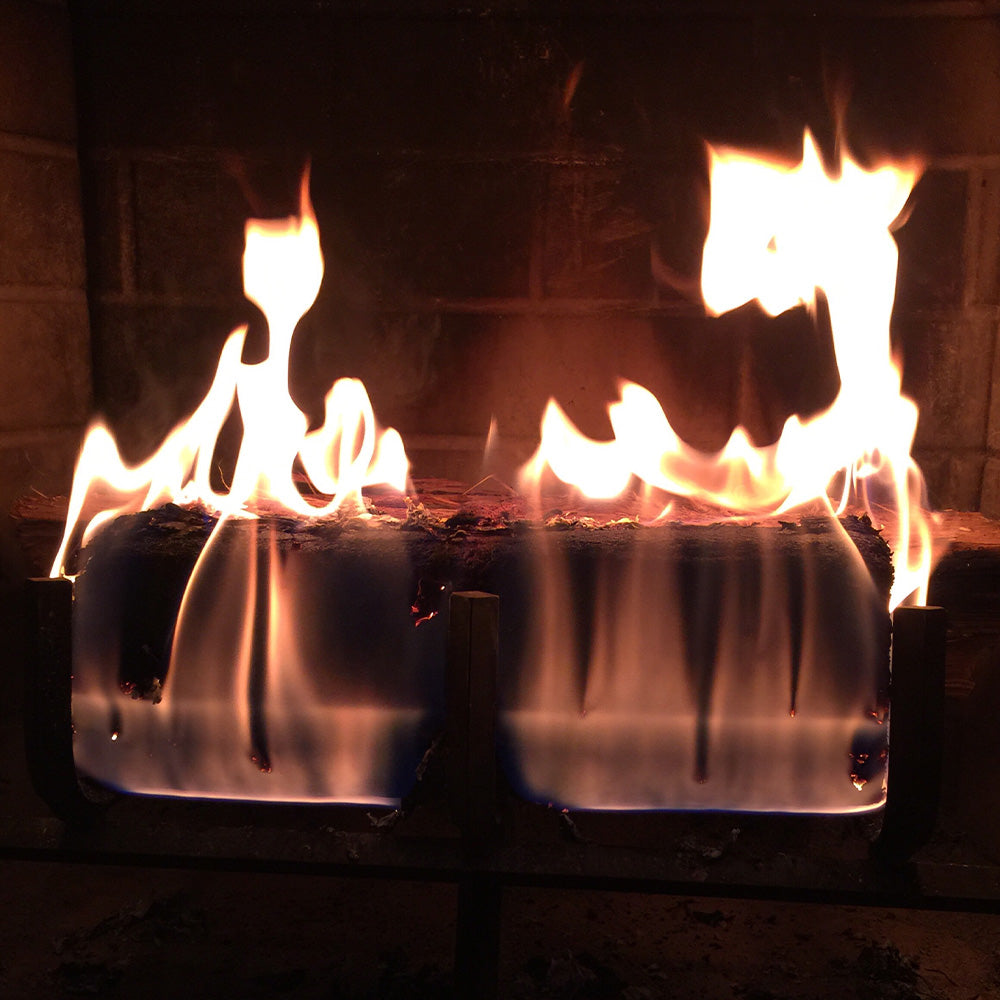If it’s your first time lighting a wood-burning stove, you’ve come to the right place. While there’s nothing too complicated about sparking up your stove for the first time, it’s important to know what you’re doing to ensure your fire burns long and throughout the night. To help you out, we’ve put together our top tips and methods for lighting a wood-burning stove for the first time, which will help you create a fire that is easy to maintain and enjoy.
Get the right equipment
When it’s your first time lighting a wood-burning stove, you need to make sure you get your hands on the right equipment. You will need the following:
- Newspaper or firelighters
- Kindling
- A sustainable fuel source like smokeless coal or kiln-dried firewood
- Fire tools - tongs, poker, and gloves
Having the right equipment to hand ensures that you can build, light, and maintain your fire efficiently, without the need to worry about nipping out to the shops to buy various items that you’ve forgotten. Once you have the right equipment, it’s time to prepare your stove for burning.
Prepare your stove
The chances are that your brand-new stove will be spotlessly clean, so you don’t need to worry about cleaning it out or removing any debris before setting your fire. However, if you’re building your fire with wood, it actually burns better on a bed of ash. So, if you have another fire pit or fire at home, sprinkle some ash at the foot of your stove before laying your logs on top. You will then need to open the air vents - one is at the bottom, and the other is at the top. These help oxygen flow through the fire, which is a key ingredient to a successful stove.Build and light your fire
There are lots of different ways to build a fire, but it’s best to keep things simple when it’s your first time lighting a wood-burning stove. Here are some simple instructions that will help you build a fire that will burn long into the night:
-
Begin by creating a base with a smattering of ash before adding some firelighters newspaper to the bed.
-
Place some kindling on top, followed by one small log. It’s important not to overload your fire at this stage, or it will struggle to get going.
-
Ignite your fire with a match or lighter, ensuring it has fully caught before closing the door.
Maintain your fire with the air vents
Once your fire is underway, maintaining and keeping it under control is vitally important. Wood-burning stoves have air vents that you can adjust to keep them under control. You can close the vent at the bottom, as your fire doesn’t need air from the base now that it is lit. You will need to keep the secondary vent open, as this will fuel the flames with oxygen. But if you notice that your fire is burning a little fiercely, you can close the second vent in the meantime, which will help get things under control.




















